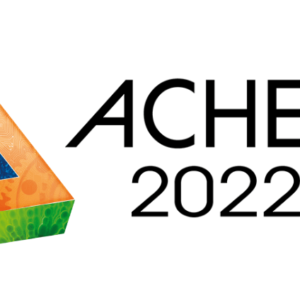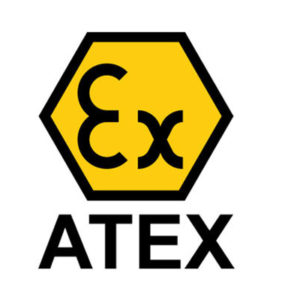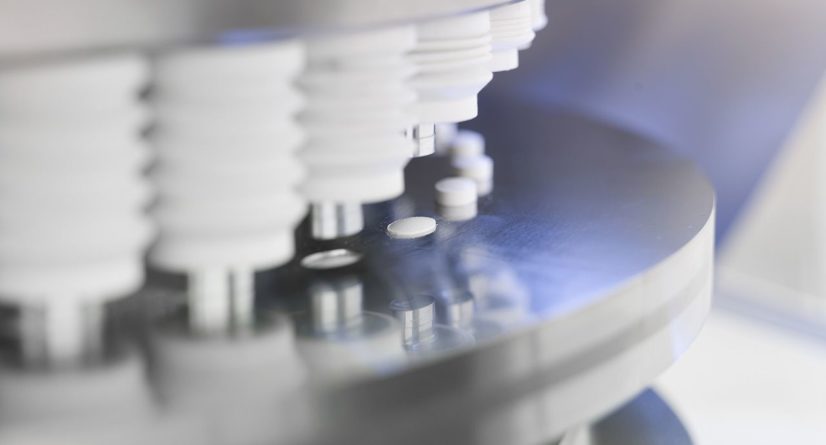 New partnership in Denmark to represent Pharma Technology
New partnership in Denmark to represent Pharma Technology
We are delighted to share our new collaboration with…
 ISO 9001:2015 certification
ISO 9001:2015 certification
“Pharma Technology is committed to consistently exceeding customer expectations…
 Exhibition | Achema - Frankfurt, Germany - June 10-14, 2024
Exhibition | Achema - Frankfurt, Germany - June 10-14, 2024
Embark on a journey of innovation with us at…
 Exhibition | ACHEMA - Frankfurt, Germany - 22-26 August 2022
Exhibition | ACHEMA - Frankfurt, Germany - 22-26 August 2022
Visit us at the Achema on August 22-26th, the…
 ATEX Certification
ATEX Certification
Pharma Technology just got certification following the ATEX Directive…
 Success Story | Achieve extra polishing with food supplements
Success Story | Achieve extra polishing with food supplements
“Our challenge is to get a clean, shiny capsule,…

External lubrication has proven to significantly improve the powder compression process by continually spraying lubricant onto the crucial tablet press tools in contact with the product, resulting in an enhanced final product quality. It was reported that external lubrication resulted in a 40% increase in tablet tensile strength without prolonged disintegration compared to internal lubrication (Yamamura et al., 2009). It allows to run under the best production conditions: continuously and at high speed, without process defects such as sticking or capping.
However, for the lubrication process to be effective and non-invasive, the spraying system must have a constant flow of powder that lubricates only the necessary surfaces. Otherwise, the lubrication system will have a counter-productive effect, as lubricant build-up in the press can lead to other processes, and even quality, issues. Not only does the build-up lead to frequent production downtimes to clean the press, but there is also an acute risk of carry-over with the lubricant ending up in the recirculation channel and returning to the feeder. If this occurs, the manufacturer is at risk of deviations in the physical parameters of the tablets, such as weight and dosage. These inconsistencies can result in a product that fails to meet the strict regulatory standards of the pharmaceutical industry, potentially leading to batch rejections and significant financial losses.
To still benefit from the advantages of external lubrication, while countering its potential adverse effects, it is essential to spray the lubricant accurately and consistently while preventing lubricant deposit inside the tablet press. In this regard, a lubrication solution that integrates its own vacuum system offers a valuable asset over other systems that have to rely on an external vacuum system. A high under-pressure vacuum with a low-pressure sensor provides better monitoring of the airflow, allowing to reach the perfect balance between lubricant spraying and excess vacuuming.
Excess lubricant is directly vacuumed next to the nozzle, allowing consistent amounts of lubricant to be applied on tableting tools throughout a lengthy batch and from one batch to another. Tests confirmed that the amount of lubricant vacuumed back into the iSpray is higher than 90% – even better with low spray rates (Pharma Technology, White Paper). With the current industry trend towards larger batches and continuous manufacturing, the ability for the tablet press to run continuously and at high speed, for multiple weeks without major intervention, is key to remaining competitive in the market.
Yamamura, T., Ohta, T., Taira, T., Ogawa, Y., Sakai, Y., Moribe, K., Yamamoto, K., 2009. Effects of automated external lubrication on tablet properties and the stability of eprazinone hydrochloride. Int. J. Pharm. https://doi.org/10.1016/j.ijpharm.2008.11.007
Get access to the whitepaper by filling out the form below